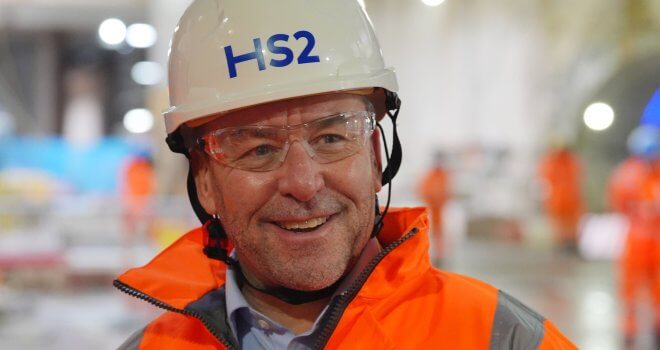Is Hybrid Working Inhibiting Creativity?

“One of the major benefits of innovation is its contribution to economic growth. Simply put, innovation can lead to higher productivity, meaning that the same input generates a greater output. As productivity rises, more goods and services are produced – in other words, the economy grows.” – European Central Bank.
Innovation is a well proven path to delivering growth and for many CEO’s is their preferred go to lever of growth. To deliver innovation requires creativity, which in turn needs time, space and often collaboration. ‘In the first months of lockdown, I thought hybrid working would not impact our projects’ progress too much’, comments a General Manager in the FMCG industry.
Many managers felt the same way – relying on their teams’ methods and existing bonds to make things happen during uncertainty. However, with multiple shockwave events and several economic crises that then followed, these ‘temporary’ changes are both deeper and longer than anyone had anticipated. Are the new habits of hybrid working helping, or inhibiting creativity? There are differing views among managers and the debate is indeed worth exploring…
The Creativity Concept
Let us ask an expert first: Philip Graves is an experienced behavioural psychologist and qualifies creativity as ‘a thorny topic’. At its heart, creativity is ‘the ability to put together unrelated ideas to arrive at novel solutions’. It is a process made of several steps: having some objectives, receiving some stimuli from various sources, thinking of a subsequent solution – and then, in the context of an organisation, expressing this idea internally.
Understanding what creativity is about sheds light on why some organisations will still manage a decent creative output under these years’ new circumstances.
Organisations with crystal-clear objectives will suffer less than their peers. Here, the teams know their over-arching priorities and will keep striving to meet them, keeping distractions minimal and having enough focus to act in the right direction, maintaining a strong momentum.
Then, a number of factors will come into play, depending on how hybrid working is applied, and on the nature of the teams. Some agile companies have found new tactics to mitigate the effects of the new working context. Online solutions have emerged to allow for collective contributions, despite the distance: ‘brain-swarmings’ have replaced ‘brain-stormings’, with key business challenges being posted on a digital platform for the teams to contribute over a fixed period of time.
They provide individuals more time to formulate their ideas, forcing them to be clear, relevant and concise. They also mean a project team can reach out to more members, with no geographical constraint, increasing the diversity and the skill relevance of the team. Also, the one-to-one sessions between direct reports have found a renewed power, since they have become a lot more frequent than wider group meetings. The best managers have adjusted to this and have deepened their bonds to the individuals within their teams, increasing both the clarity of the assignments and employees’ motivation.
Humanology and Protecting Creativity
However, distance has not affected individuals in an equal manner. Depending on personal style, for instance for some more introvert types, more distance can prove beneficial to creativity. Obviously, for others, the absence of collective stimulation and the lack of immediate feedback is a barrier.
Despite all of the positives, many teams have suffered from working at a distance, and the signs are now visible, over the longer period of time since this adaption took place in early 2020.
The human brain seems to be fully activated when it benefits from human presence – we are social animals, as already established by Aristotle. A Marketing Director in the F&B industry commented: ‘I can tell during the video meetings that my team is not as ignited as it was during in-person meetings. People do not react as quickly when a question is asked, the pace and passion are not the same.’
It seems harder for a team to feel engaged when physically disconnected. Philip Graves* explains this: ‘The physical and behavioural characteristics of video calls don’t lend themselves to creativity: sitting in a fixed position, being in a visually confined space, being conscious of others observing you, are all counter to the mental processes that facilitate free associative thoughts.’
The lack of in-person presence is particularly harmful when new team members join. The formation of ‘free associative thoughts’, and even more the act of voicing them, requires trust among individuals. And trust cannot truly happen without direct human interactions over time. Neither can the sense of being part of a collective project, with a deep sense of purpose and a feeling of belonging.
As most companies get out of the survival mode back into normal operations, it is reassuring to look into what can be done to protect creativity, as an essential but fragile driver. Beyond specific tools and an adjusted style of management, each organisation will have to carefully find the right balance between in-person and at-a-distance work. Indeed, it is also even more reassuring to accept that nothing beats the magic of direct human interaction in order to generate ideas and drive a business forward.
Written by Sandrine Delabrière, Principal Consultant at Skarbek Associates.
*Philip Graves, author of Consumer.ology




